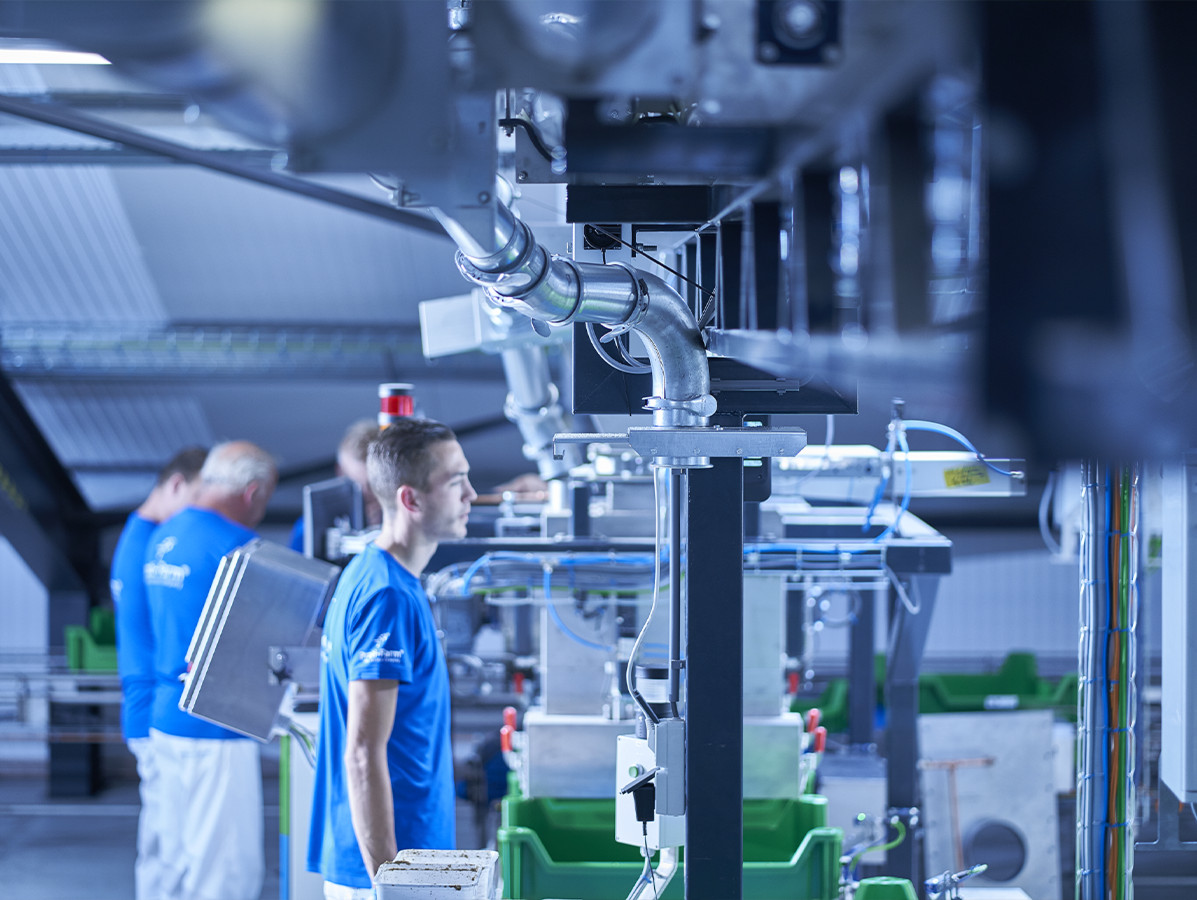
The consumption of meat alternatives is increasing rapidly and sales value in the Netherlands is also growing. In the past two years by as much as 50% (Nielsen). Where are the opportunities? What are the challenges? We discuss this with three passionate 'new' protein suppliers: Seamore, Protifarm and Schouten Europe.
Imagine: it is 8 October 2030. Around six o'clock, a friendly robotic voice in the house announces that the meal is ready. You walk into the kitchen. On your plate is the starter: fried beech mushrooms on a bed of crispy seaweed. Next to them, on a spicy cracker made of insect meal, is a small dollop of fresh cucumber-pea pâté garnished with sea lettuce. Feeling hungry already?
Although meat consumption in the Netherlands has remained more or less stable in recent years, the demand for vegetable-based foods and meat substitutes is increasing. Of the human protein consumption in the Netherlands, 39% is of vegetable origin (such as legumes, grains and nuts) and 61% is of animal origin (such as meat, fish and dairy). The Health Council of the Netherlands, among others, believes that this ratio must change; in favour of plant-based protein. The Ministry of Agriculture, Nature and Food Quality also states in its 'National Protein Strategy' (Dec 2020) that we will consume less animal proteins and more vegetable proteins: this is better for the environment, the climate and for our health. But then there must be more protein options to choose from. Duckweed, for example, or pea flour. Or insects and seaweed.
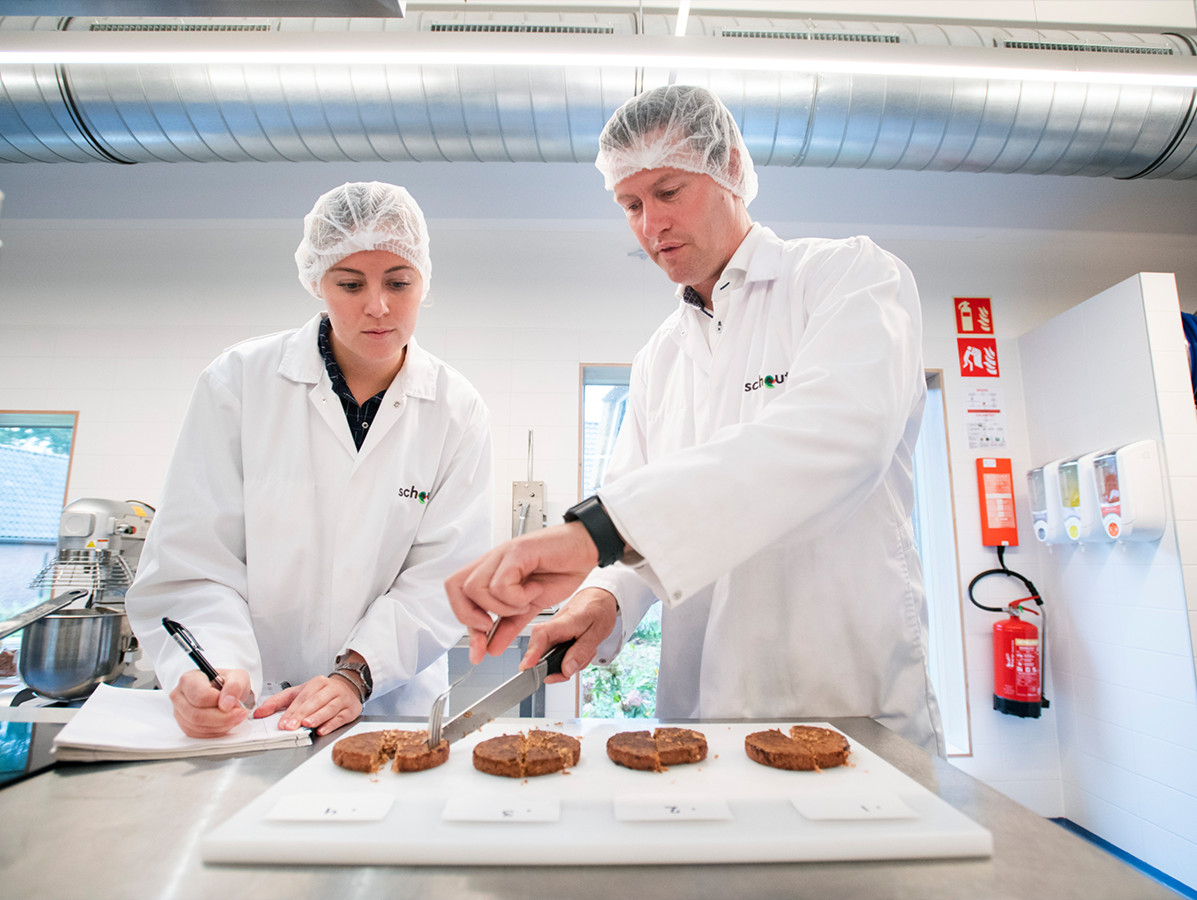
© Schouten Europe
Protifarm from Ermelo (recently part of the French Ynsect) has been breeding buffalo beetles (Alphitobius diapetinus) for 40 years. "From the larvae, called 'little mealworms', we make ingredients for human food," says Marjolein Martens, product manager at the company. "Our powders and textured ingredients form the basis for insect burgers, sports drinks and other foods."
"In our communication we deliberately talk about 'ingredients'-made from insects," adds marketing assistant Syta de Visser. "After all, we do not believe that the Dutch will eat whole insects. The 'yuck factor' is too great for that here."
And what about seaweed? Will it be on our plates in its pure form in 2030, as it is in Asian countries?
Willem Sodderland, founder and director of Amsterdam-based Seamore would like to see that happen, but he is cautious. " In Europe, we have become very distant from this otherwise perfectly normal food," he says. "Dutch people want food that they recognise." He passionately explains that there are as many as 10,000 species of seaweed, and even more species of algae. "All have their own nutritional profile. A characteristic taste is umami, the basic taste of Asian cuisine and Japanese for 'tasty'. We import only a few of the countless species. From these micro- and macro-algae we make everyday food suitable for the Dutch market: think of tortilla wraps and crisps. We also have a species that looks like tagliatelle; we market it as 'pasta'. Another one is just like spinach, we have one that tastes like bacon, and yet another one looks very much like caviar. Algae are mainly used in sports drinks and food supplements. In this manner, the new protein options are accepted."
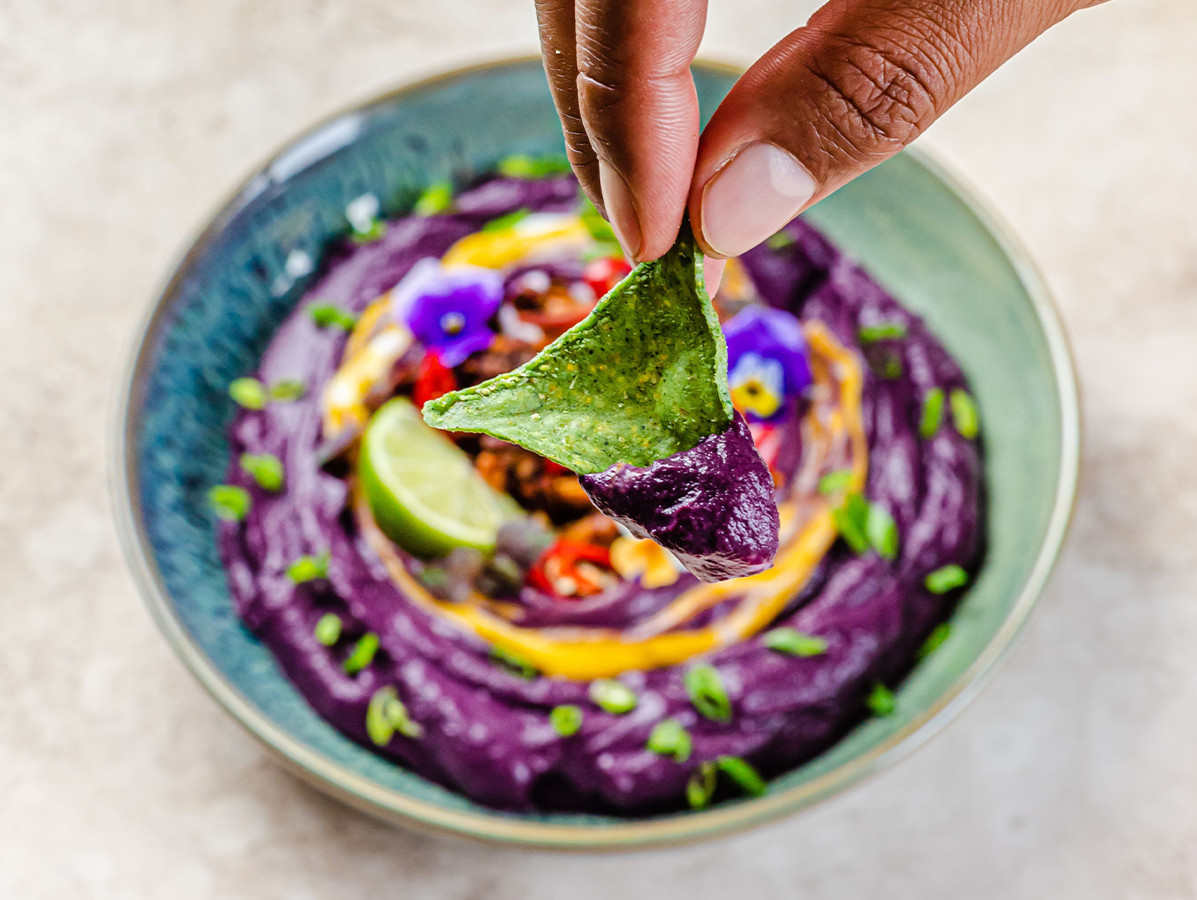
© Seamore
One product group that has now shaken off the 'alternative' image is meat substitutes, often based on soya. Schouten Europe at Giesen has been making them for over 30 years. "But it is only in the last ten years or so that the product group has really taken off, partly because of the growing awareness that the way we have been consuming meat for decades cannot be sustained," says the company's communications manager, Mark van Noorloos. "More and more people are choosing not to eat meat for one or more days. These flexitarians are our main target group; they have meat as a frame of reference and want a substitute that resembles it. Imitating the structure, taste and nutritional value of meat or fish remains a great challenge. That is one of the reasons we choose soy: its composition and nutritional value are very close to that of meat."
Marloes Martens: "Insects also have a high quality protein similar to milk, with a complete amino acid profile and high digestibility. It is even comparable to milk protein, which is considered the 'golden standard' worldwide. Vertical cultivation also ensures that we do not need a lot of land area; the bioavailability is high. Furthermore, we use little water and our CO2 emissions are low. That makes mealworms a sustainable alternative to meat.
"Just like seaweed," says Willem Sodderland. "The cultivation of micro and macro algae does not require any scarce resources, such as land and fresh water. In addition, they have a high nutritional value."
For soya, the sustainability aspect is different; a lot of rainforest is cut down for the cultivation. What about the products from Schouten Europe?
"Our soy is sustainably cultivated and does not come from South America," assures Mark van Noorloos. "The soy we import has various certificates that guarantee its sustainability. For the time being, we cannot avoid importing; the Dutch climate is too wet and cold for soy cultivation. In addition to meat alternatives, we have recently started making vegetable tuna, fish burgers and fish fingers. The basis for the fish burgers and fish sticks is a combination of wheat protein and rice. With that combination we can best approach the specific fish structure."
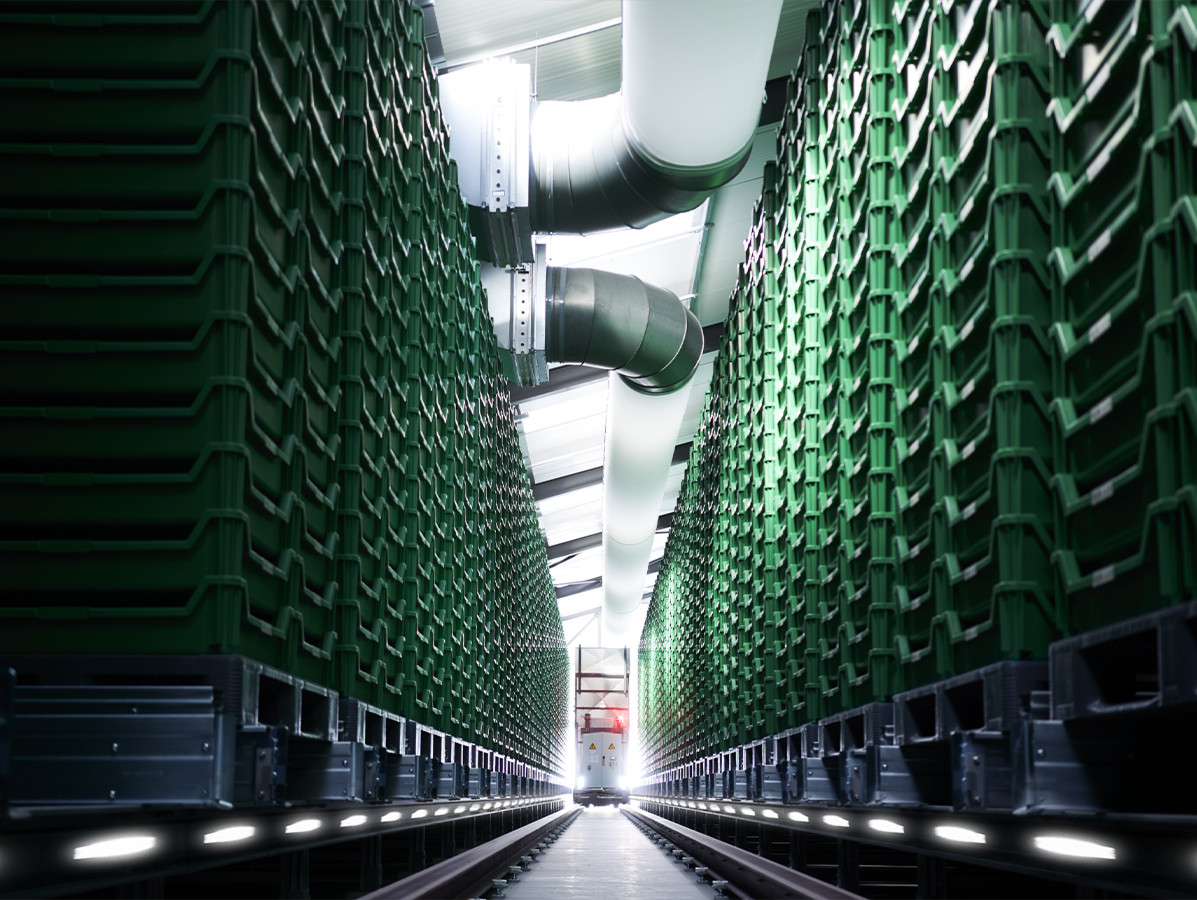
Vertical farming breeding facility Protifarm
Climate change makes the urgency of protein transition even greater. No time to lose, you might think. But there are bottlenecks.
Willem Sodderland: "New initiatives have to jump through all kinds of hoops, including legislation. The Novel Food legislation is a real monster, a huge obstacle for innovation. We have to draw up dossiers for algae that have been used as food in large parts of the world for centuries."
"That legislation is also a bottleneck for us," Marloes Martens agrees. "This spring there was big news: 'Mealworms allowed in Europe for human food'. Many people congratulated us. But that EU authorisation only applies to the Tenebrio mealworm, not to the Aphitobius that we breed. Still, I see the ruling as an important milestone for the insect industry. The authorisation will certainly have an impact on other insect dossiers."
Syta de Visser: "Due to the novelty of the insect sector in Europe, there is relatively little research and literature available. Moreover, the industry is broad and diverse, there are many different insects and the cultivation and processing is different for each one. This makes compiling dossiers a time-consuming task and it costs a lot of money. Nevertheless, I think it is logical that we must comply with many food-grade requirements. Ensuring food safety is paramount. A transitional measure now applies to 'our' mealworm. We are waiting for the approval and expect it to be granted this year.
Mark van Noorloos: "The main problem we are facing now is that the production capacity is under pressure due to the increased demand. We develop the recipes ourselves, but use the capacity of third parties for our production. Other companies are doing the same; we are all growing. This creates shortages, which leads to longer lead times. The solution? Building more factories. However, there are not many parties who dare to make such a large investment. In the meantime, we are all wondering whether growth will continue.
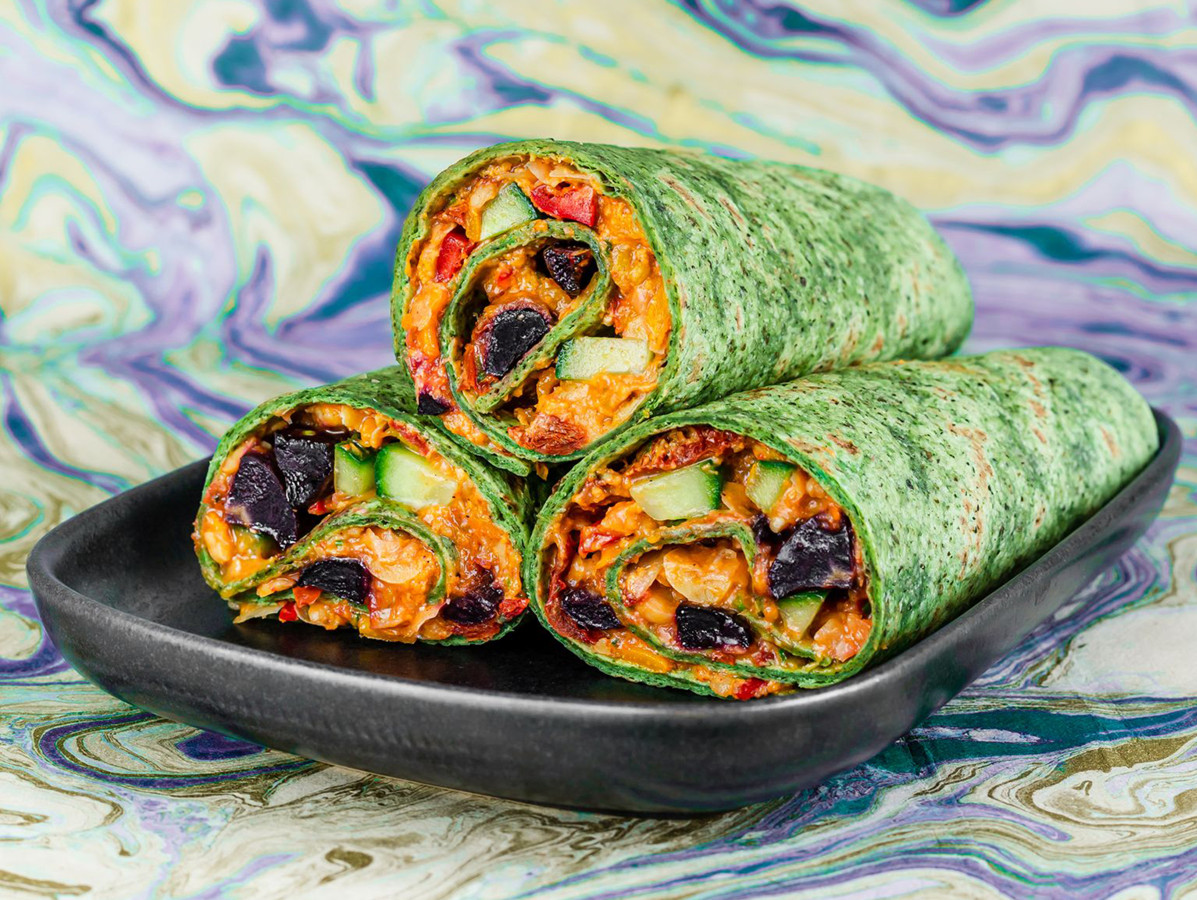
Good question; will the growth continue?
Mark van Noorloos: "Haha, I expect so. At least, if we ensure that the products are recognisable, tasty and well priced. Otherwise, it feels too much like a sacrifice for the consumer, which they will not tolerate."
Recent figures confirm the growth potential: according to a new report by Bloomberg Intelligence (August 2021), global demand for animal and dairy proteins is expected to reach $1.2 trillion by 2030. The researchers believe that plant-based foods could then account for 7.7% of that global protein market, worth more than $162 billion, up from $29.4 billion in 2020.
And then... you have developed a tasty, innovative, safe and sustainable product. How do you get supermarkets to include it in their range?
"That's a sensitive issue," says Willem Sodderland. "Retail is a difficult landscape for food innovation. Dutch supermarkets do not have a 'seaweed category' and category managers are sometimes hard to convince that the innovation provides added value. But it does work. Not under a new category, but as an innovation within an existing, well-known shelf. Our seaweed crisps are now next to the other crisps, our seaweed tagliatelle with the pasta, the seaweed wraps with the wheat wraps. And we have our own webshop, for direct sales to consumers."
Syta de Visser recognises the problem: "You can find our ingredients in all kinds of products; in sports food, meat substitutes, biscuits and breads. Yet we are not included in any of these categories. We are not plant-based, not vegan, not regular meat. Perhaps there should be a new category: I'm thinking of a sustainability or planetary shelf."
However, there is movement in the sector, observes Mark van Noorloos: "More and more supermarkets are freeing up shelf space for vegetarian and vegan meat replacements. Retailers want to send out a signal, because the product category is still not selling as well as real meat. It is remarkable that, because the Dutch consumer wants a 'fresh experience', we are among the chilled products. In Scandinavian countries and in France, for example, we are in the frozen section. That is actually much more efficient. Plant-based products are always frozen first. For the Dutch market, they are then defrosted, repackaged and gassed. A very drastic switch would be needed to change this. I don't see that happening any time soon."
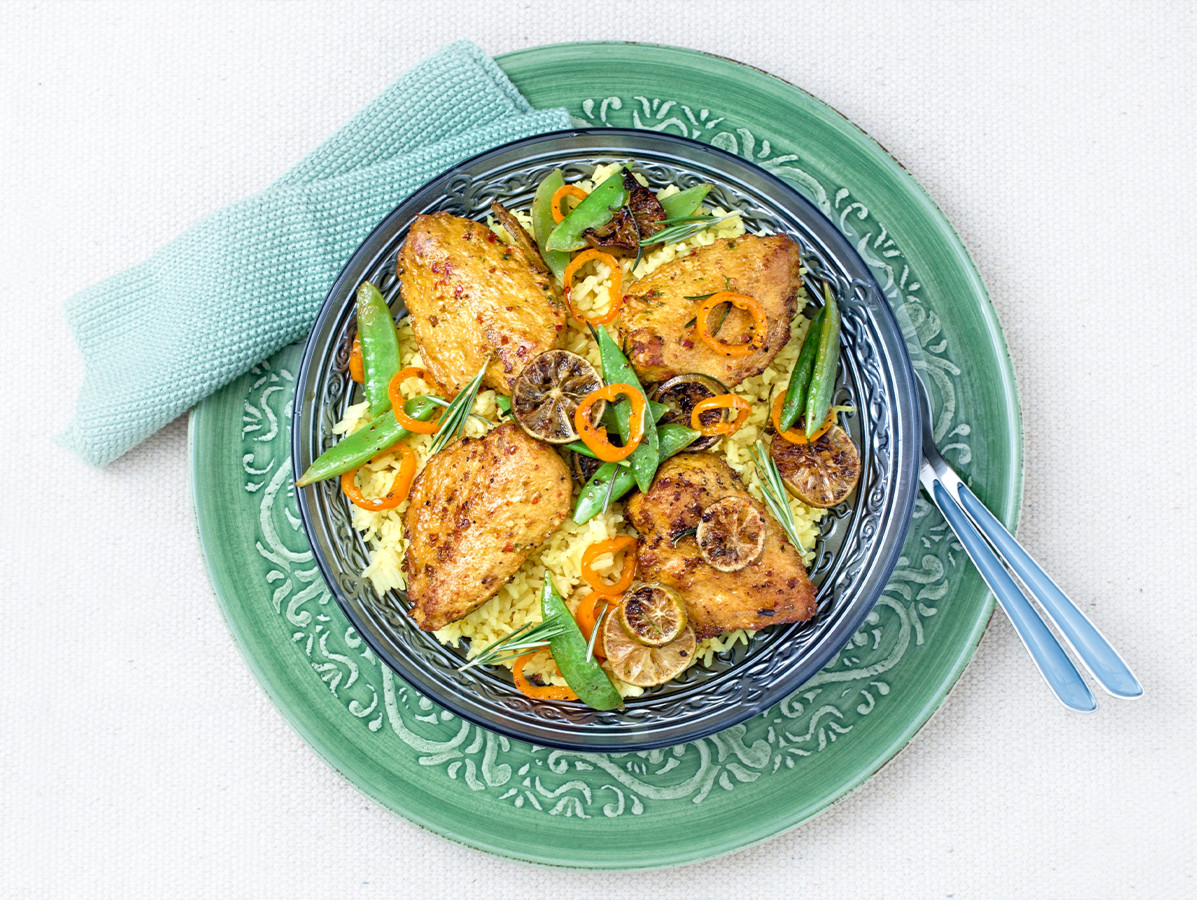
© Schouten Europe
"Yet there is a structural trend underway in which we are the pioneers," Willem Sodderland responds. "Aquatic crops are the future: the awareness of the ocean as a farm, as a source of food and a driver for the entire ecosystem on earth, is growing. A new opportunity presents itself: the use of algae as a source of protein in fish substitutes. After the rise of meat substitutes, fish substitutes are the next opportunity. We expect to launch our first product in this new category this year."
Marloes Martens laughs: "It is an exciting field of work in which we all operate. Dynamic, but also often complicated. We are in the middle of a huge transition, nobody knows exactly which way it will go."
Maybe so: it is now 18:30 on that conscious 8 October 2030. The main course is ready: seaweed tagliatella with fennel. Next to it is a spicy soya burger, straight from the 3D-food printer that is still steaming on the counter. Moments later, the house robot serves dessert: a creamy shake of fresh fruit, dried algae and insect protein. Just as you are about to sit down in your massage chair, the personal nutrition app on your smartwatch advises: 'Don't do that! After such a hearty meal, it's high time for an evening stroll'.
Source: Vakblad Voedingsindustrie 2021